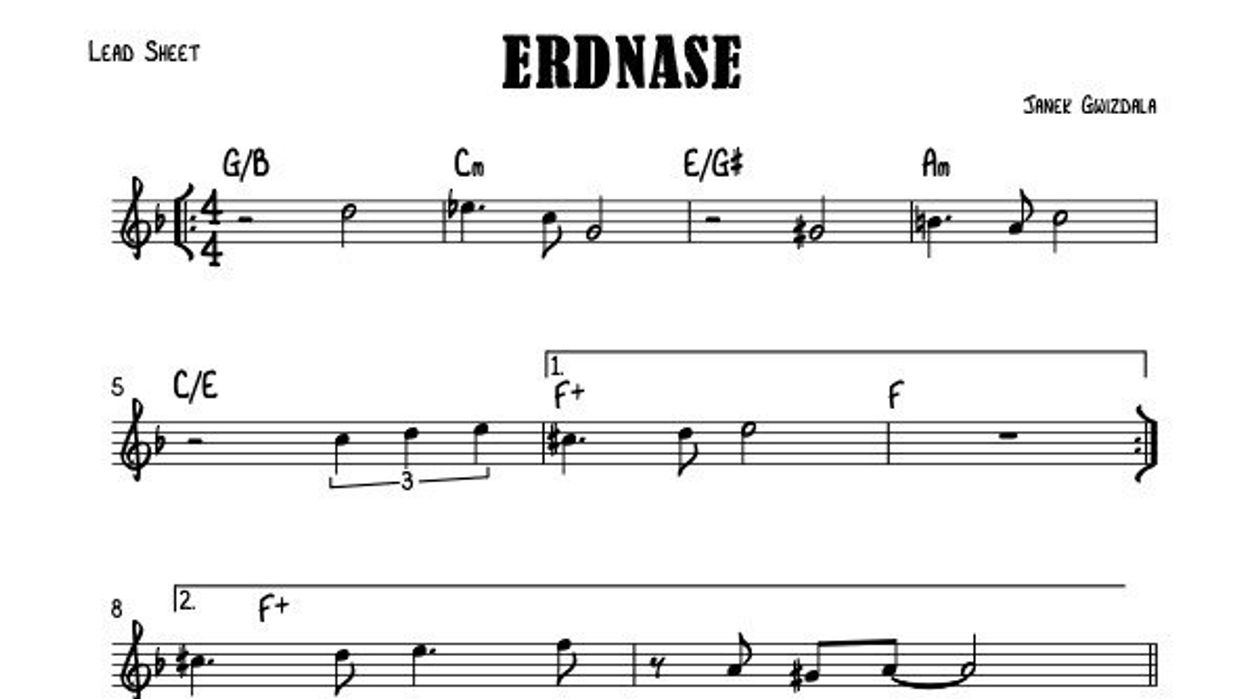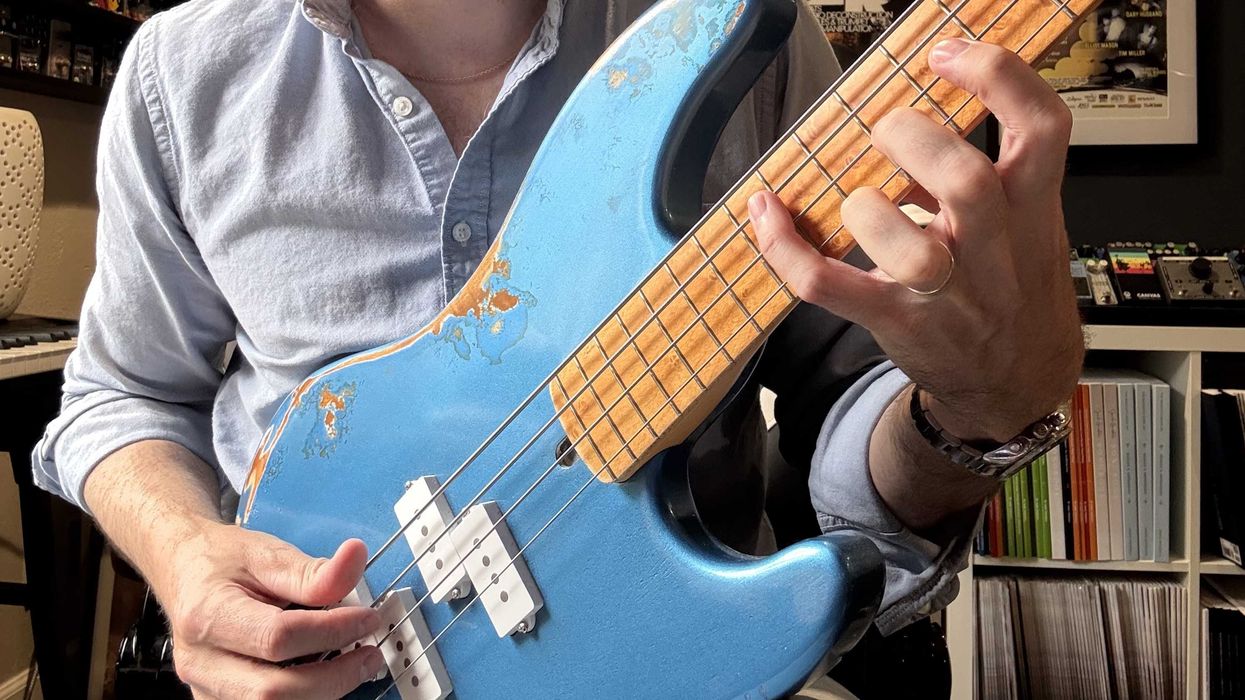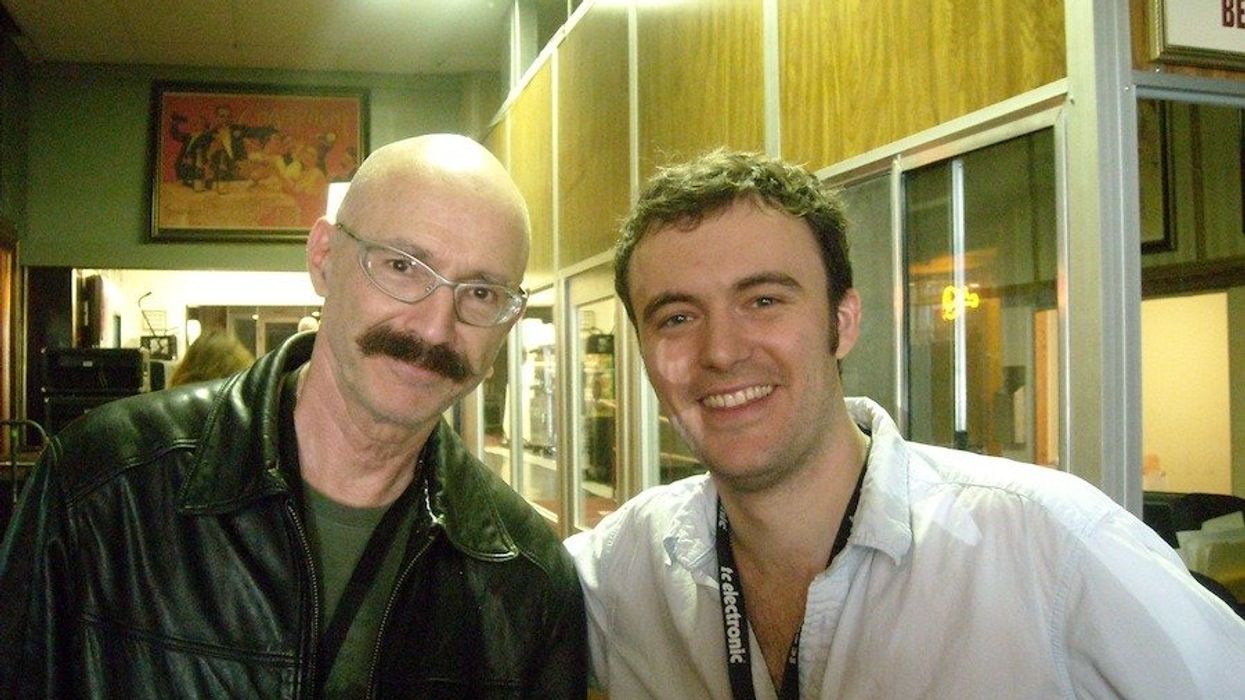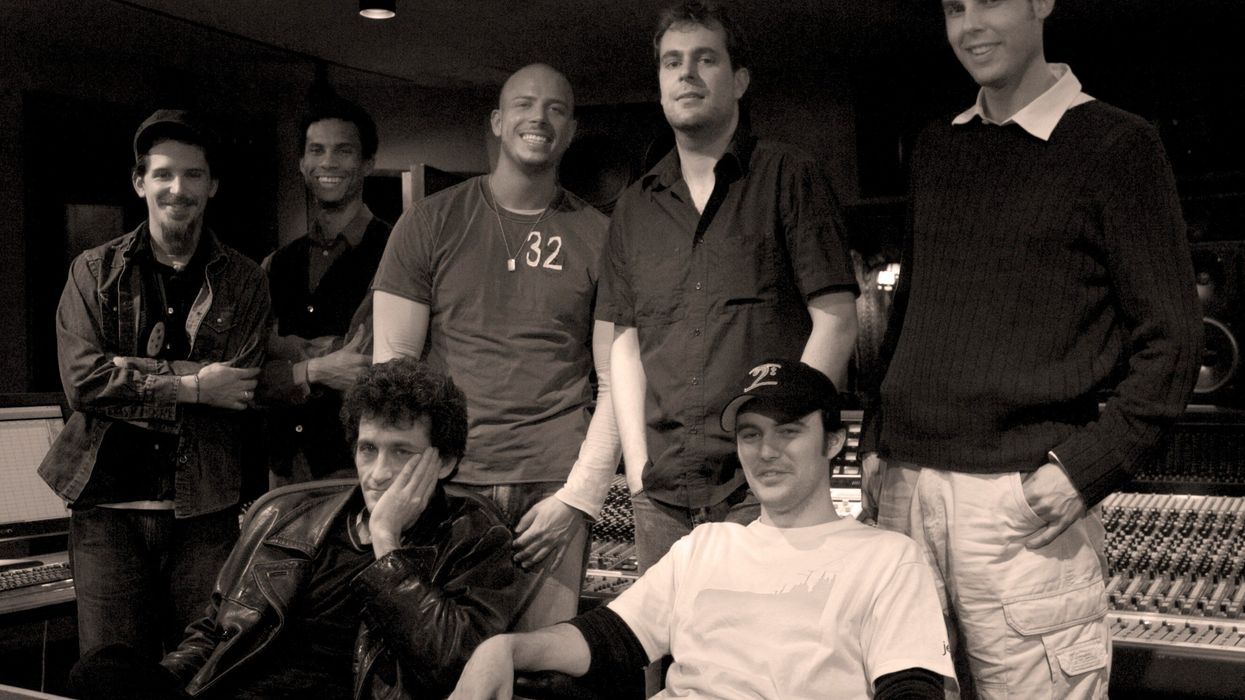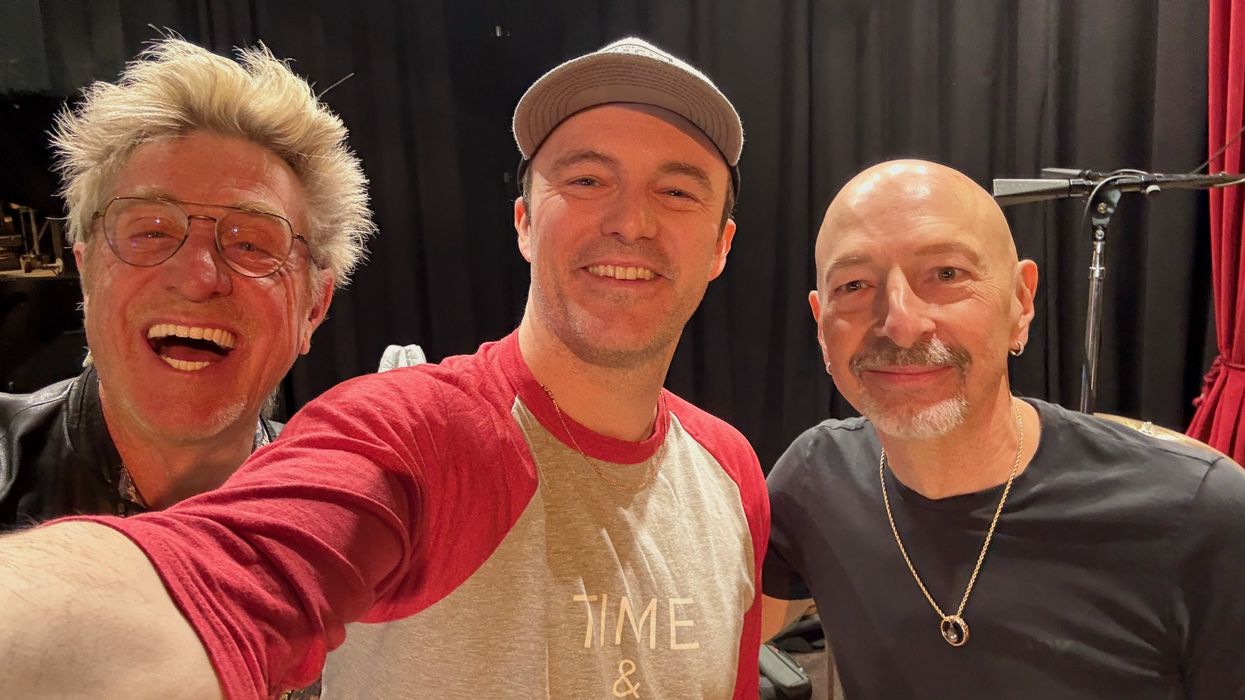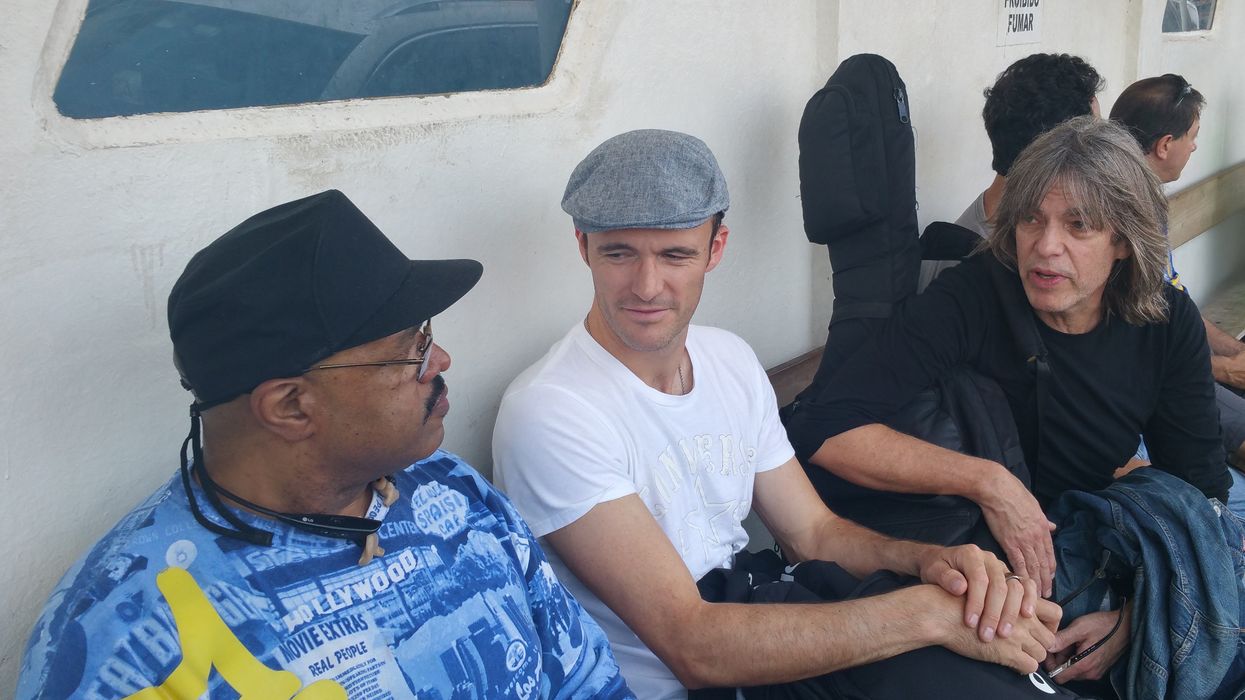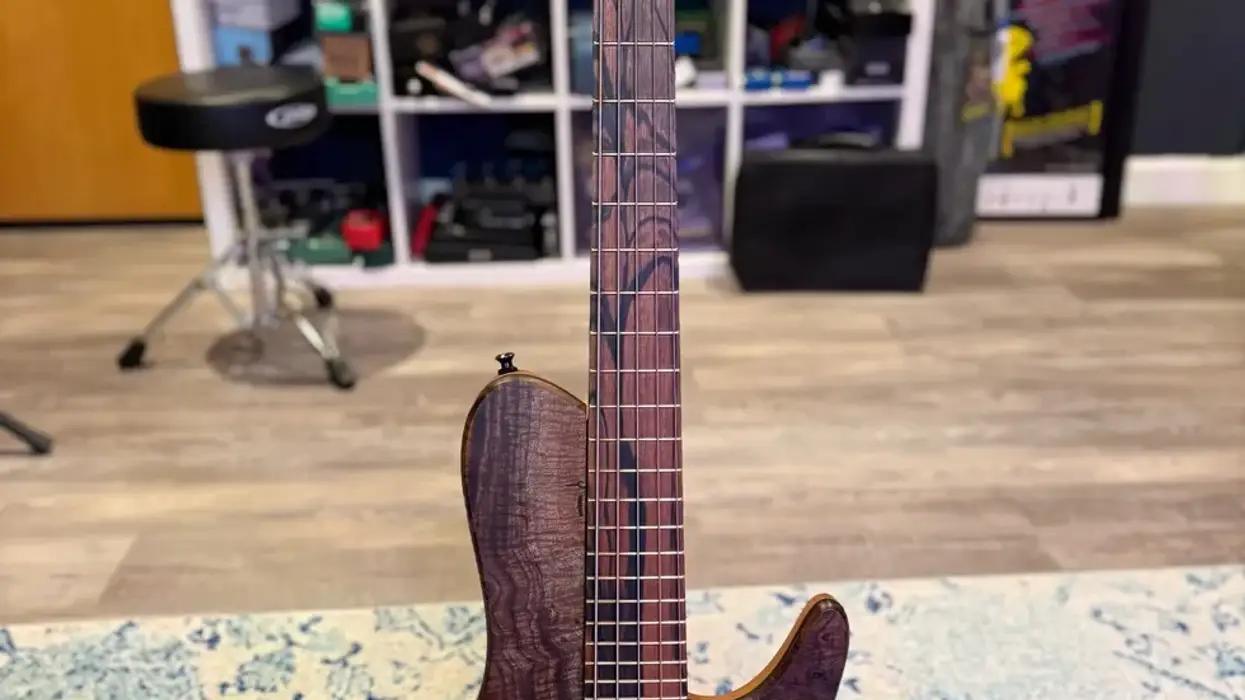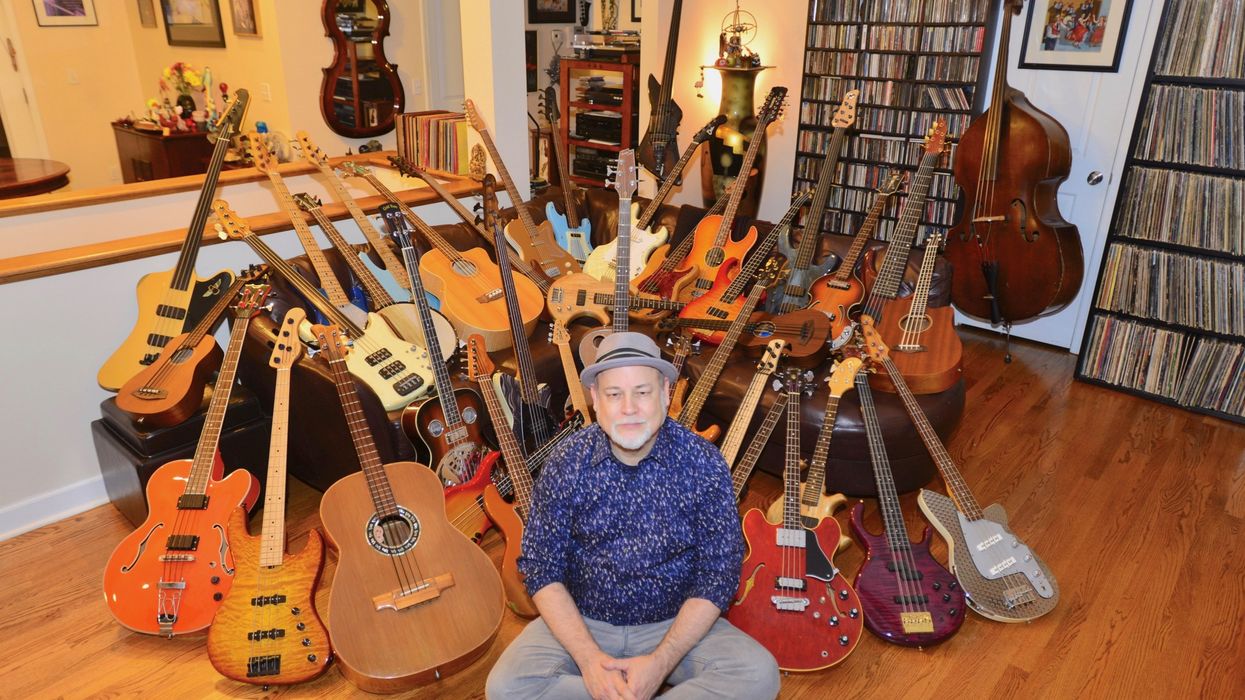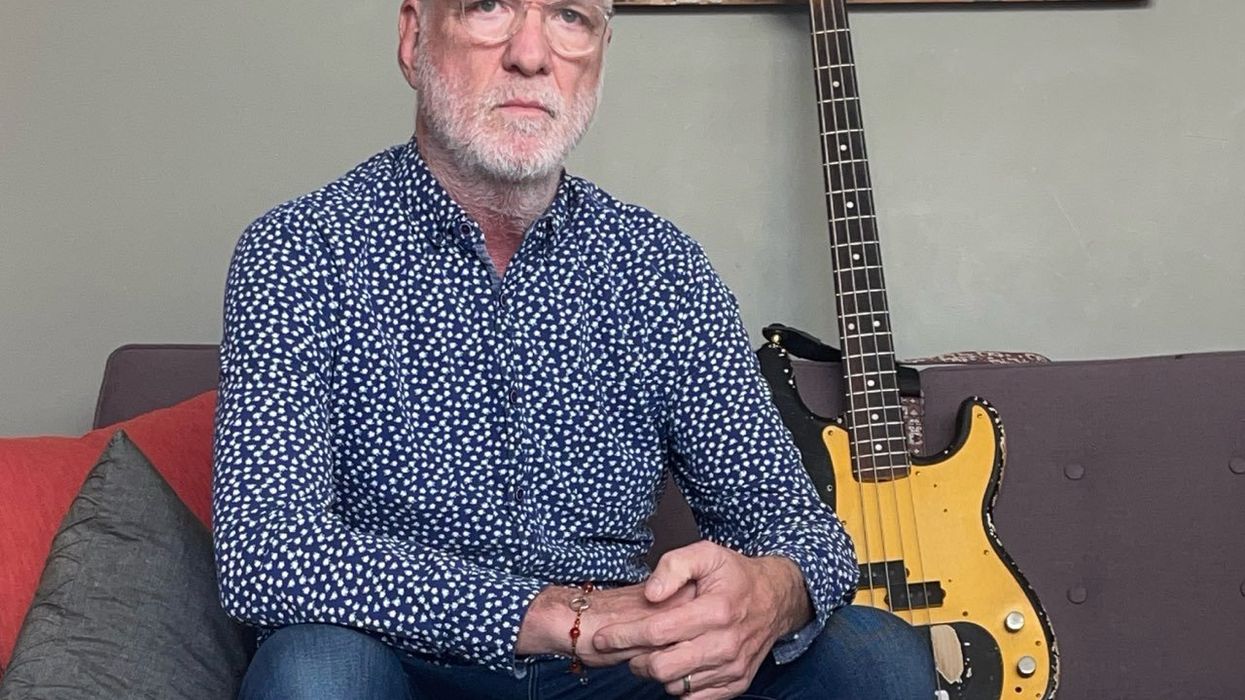As a young musician, I always knew I wanted to be a recording artist. I started to notice that my mentor, Laurence Cottle, was often leading his own bands more than playing sideman gigs. He was the best example of a bass player writing original music and fronting a band that I could’ve asked for.
There was just one tiny problem: 30 years ago, I had no idea how to write music. In fact, I didn’t even know where to begin learning composition or how to turn ideas into recordings or live performances.
Luckily, around 1994 or ’95, Laurence took me to a show at London’s Jazz Cafe. He was playing with Bandzilla, an all-star big band led by American arranger and producer Richard Niles. I had no clue that a 30-second introduction to Richard would turn into a second mentorship—one that eventually helped me move to the U.S. and become a full-time musician.
There’s something about the positivity of American musicians that always fascinated me, and Richard was, and still is, one of those people who loves to say yes. He’s endlessly curious about new talent and always enthusiastic about helping you succeed.
He wanted to hear me play, and I wanted to learn everything he knew—chord voicings, arranging, producing, orchestration, composing—all the knowledge that comes from working with artists like Paul McCartney, James Brown, Pat Metheny, and Depeche Mode.
Picture me at 16 or 17, knowing the heavyweight status of this guy, being invited into the studio to hang out and make music. I had to remind myself not to let my jaw hit the floor when the wildest stories were told. And he had all the keys to the castle: everything I craved to learn about how to put pen to paper, audio to tape, and people in seats at live shows.
But the one thing that stuck with me most from that time—and what I want to share with you—is Richard’s insistence on the importance of form.
Now imagine me, a total rookie, saying something like, “I can’t write music,” and Richard jumping in with: “Just take care of the form, and the rest will follow.”
He knew I had a couple of strengths, one of them being listening. I listened to music every second I wasn’t playing it. I wore out records. I chewed up cassette tapes from overuse. I never said no to something new.
That’s when Richard explained that I probably already had a solid grasp of melodic and harmonic ideas, simply from absorbing music so deeply. What I hadn’t paid enough attention to yet was form.
He had me name a random song I liked. I picked “The Chosen” from the Yellowjackets’ album Dreamland. The album had just come out, and I was listening to it every day.
He told me to transcribe the form—not the notes or chords, just the number of bars in each section. Then I had to label them: “Intro,” “A-Section,” “B-Section,” “Bridge”—just the bare bones of the structure.
And by doing that, a roadmap came into focus almost immediately.
I already had licks and lines I loved to play. I had chords I was obsessed with. I’d been fascinated by certain classical passages and often wondered how to incorporate them into my own music.
When Richard said, “Now you have somewhere to put all your ideas. Follow the form, and the song will start to make sense,” he was absolutely right.
Of course, it was rough at first. None of those early compositions ever made it onto an album. But by identifying the forms of songs I loved, I expanded my options. I started recognizing patterns. I began writing within those frameworks. I started to better understand form as a bassist too, which helped massively when gigging.
And over time, from that one simple idea, I created my own forms, my own compositions, and eventually, my own career as an artist.
I’ve included a song of mine for this piece. It’s in AAB form—but with an unusual bar structure: 7–7–15. I encourage you to steal that form and see what you can create. It might just be the start of your own journey into writing music.


